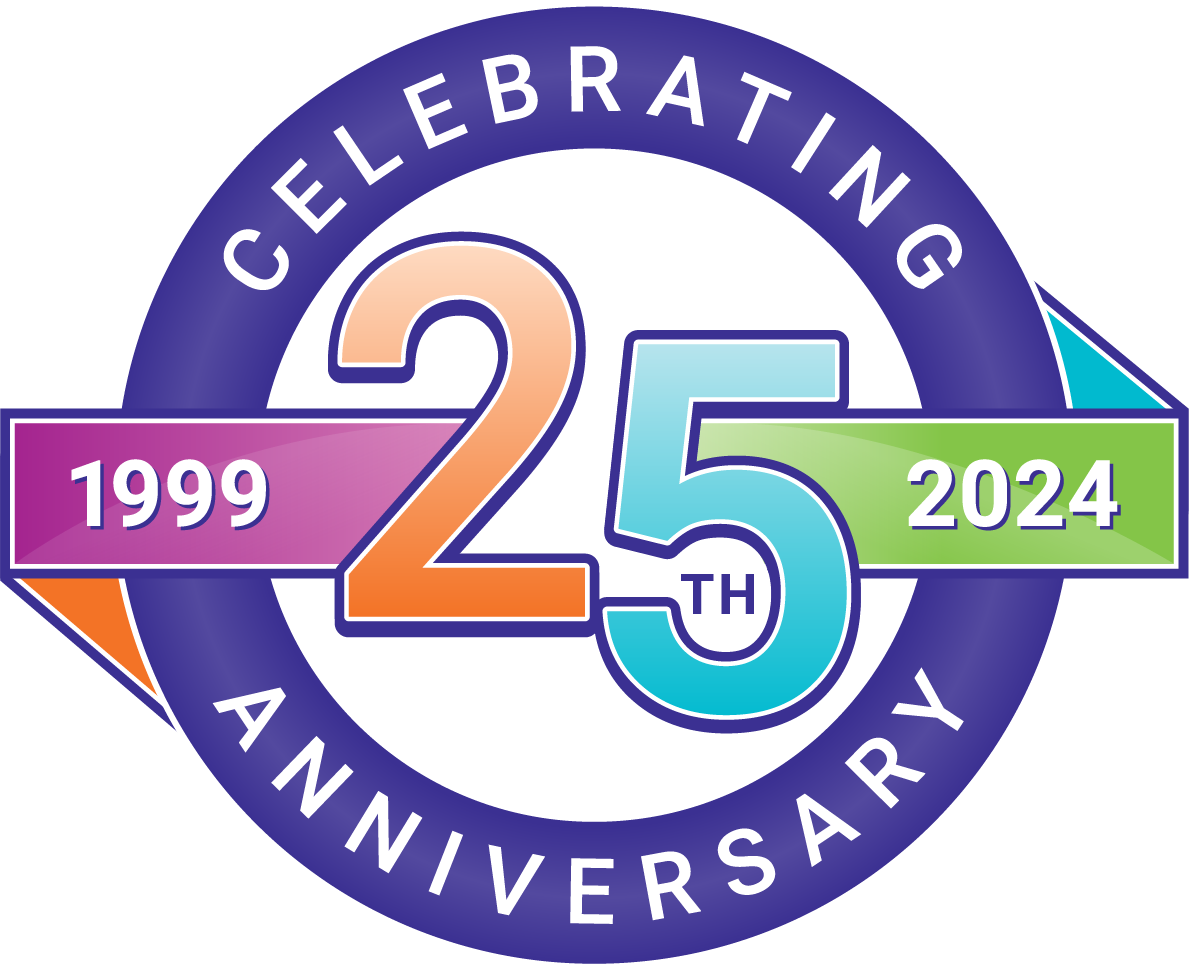How to Format DOIs and URLs
Some of this information is from pages 188-89 and 194-96 of the MLA Handbook.
What is a DOI, Permalink, or URL?
- DOI stands for digital object identifier, and it is an “identifier permanently assigned to a source by a publisher” (p. 188) and is more reliable than a URL. DOIs can be found in database records and the works cited lists of published works. A DOI is a string of numbers and letters that typically begins with the number 10.
To format a DOI, use the International DOI Foundation’s current formatting style: https://www.doi.org/XXXX, where XXXX is the DOI number
10.1037/a0040251 becomes this: https://doi.org/10.1037/a0040251
DOI:10.001122 becomes this: https://doi.org/10.001122
- A permalink is “a URL intended to be permanent” (p. 188), and sometimes it is called a stable, permanent, or persistent link or URL. If your source provides a permalink, use it in your citation instead of the URL that is in the address bar of your browser. Always copy permalinks directly from the source.
www.jstor.org/stable/41403188
- URL stands for uniform resource locator and is the text that appears in the address bar of your browser.
When to Include a DOI, Permalink, or URL
For the location of online works, the order of preference is DOI, permalink, and lastly URL.
- If your source has a DOI, always include the DOI in the citation, even if you used the print version of the source.
- If your source has both a DOI and a URL, only include the DOI.
- If your source does not have a DOI, but has a permalink, include the permalink.
- If an online source is found on a website and does not have a DOI or permalink, include the URL for the source.
How to Include a DOI, Permalink, or URL
- Always copy URLs directly from the browser (or copy the permalink from the source).
- https://
- URL and permalink: Omit http:// or https://.
- DOI: Always include the https://.
- Some URLs do not include www. In that case, do not add www to the URL.
- In your works cited list, it is acceptable for the length of lines within a citation to be uneven. Do not add a hyphen or space to force part of a URL onto another line. However, it is acceptable if your word processing program automatically adds a break or moves the URL to its own line.
- Truncating or shortening a URL
“If a URL runs more than three full lines, or is longer than the rest of the entry, truncate it. When truncating, always retain at least the host” (p. 196).
URL: https://secondary.oslis.org/cite-sources/mla-secondary-citation
Host: secondary.oslis.org
URL with more than three lines:
go.galegroup.com/ps/retrieve.do?sort+RELEVANCE&docType+journal+article&tabID=T003&proadld=MLA&searchld=R1&resultListType=RESULT_LIST&searchType=BasicSearchForm&contentSegment=¤tPostition=3&searchResultsType=SingleTab&inPS=true&userGroupName=mla&docld+GALE%7CN2810522710&contentSet=Gale%7CN2810522710
Truncated URL (host plus abbreviation for database name):
go.galegroup.com/ps
Resources
MLA Handbook. 9th ed., Modern Language Association of America, 2021.
The MLA Style Center: Writing Resources from the Modern Language Association. Modern Language Association of America, 2021, style.mla.org.
| Educator Content There is currently no educator content for this page. |
|
Do you want to share this page with students, but you don't want students to see the Educator Content section? Share this link instead of the URL at the top of the page: |
